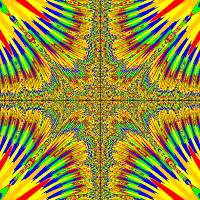So I'm new to this and was wondering if someone could help me figure out how to change my actor around? I'm going to try to explain my game as best as I can. I would like to create a tile based game with various tiles and an arrow tile that would eat the other tiles. I would like for the blue arrow to only be able to eat blue tiles and for a red tile to only be able to eat red tiles, etc. I would also like for the tile color to change to another random color when one tile is eaten. I only have a basic code for a random tile map and various arrow actors that can eat all the tiles right now. Can anyone explain to me how I would go about making the arrow change to a different color whenever it eats a a tile and how to limit the arrow to only eating it's color tile?




